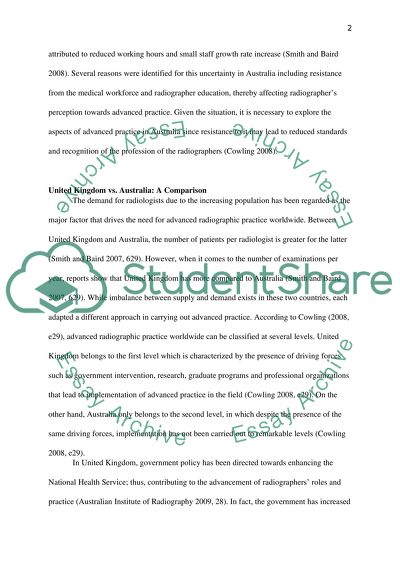Cite this document
(“INVESTIGATING AUSTRALIAN RADIOGRAPHERS' PERCEPTIONS ON ADVANCED Research Paper”, n.d.)
Retrieved from https://studentshare.org/family-consumer-science/1414543-investigating-australian-radiographersyie
Retrieved from https://studentshare.org/family-consumer-science/1414543-investigating-australian-radiographersyie
(INVESTIGATING AUSTRALIAN RADIOGRAPHERS' PERCEPTIONS ON ADVANCED Research Paper)
https://studentshare.org/family-consumer-science/1414543-investigating-australian-radiographersyie.
https://studentshare.org/family-consumer-science/1414543-investigating-australian-radiographersyie.
“INVESTIGATING AUSTRALIAN RADIOGRAPHERS' PERCEPTIONS ON ADVANCED Research Paper”, n.d. https://studentshare.org/family-consumer-science/1414543-investigating-australian-radiographersyie.


